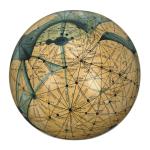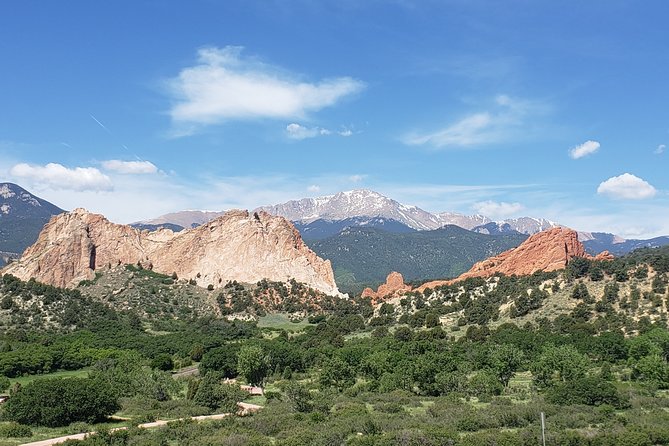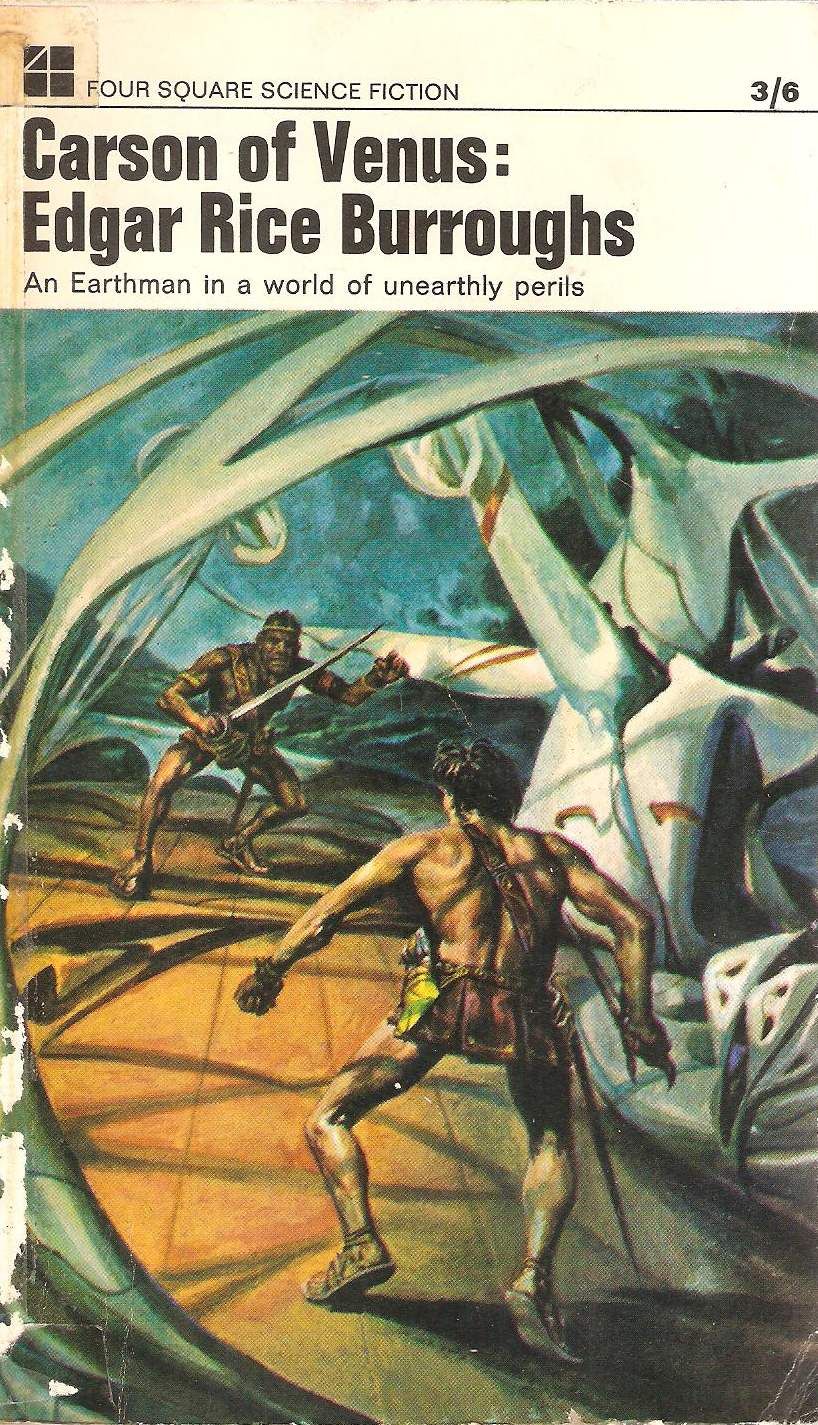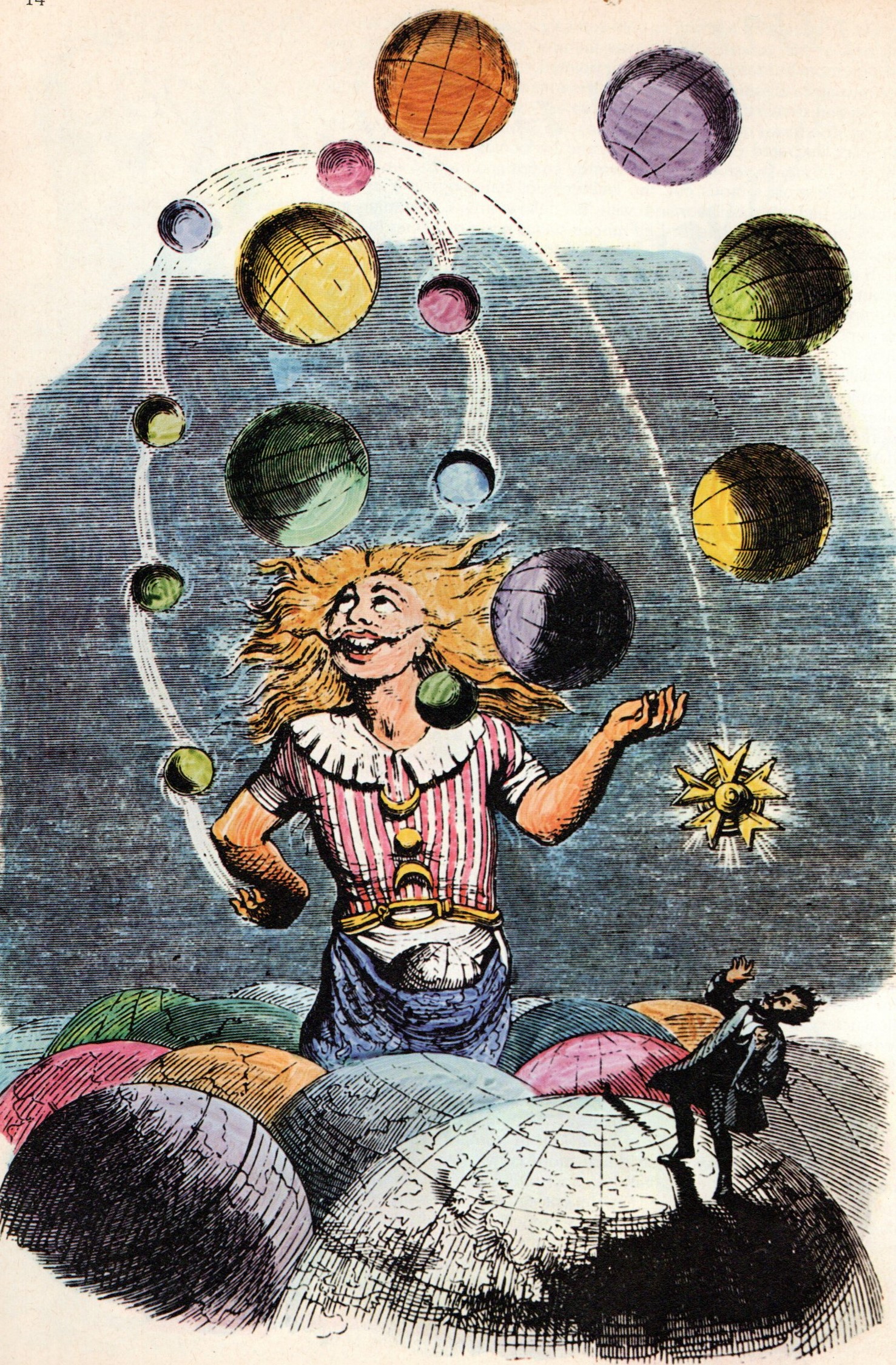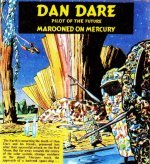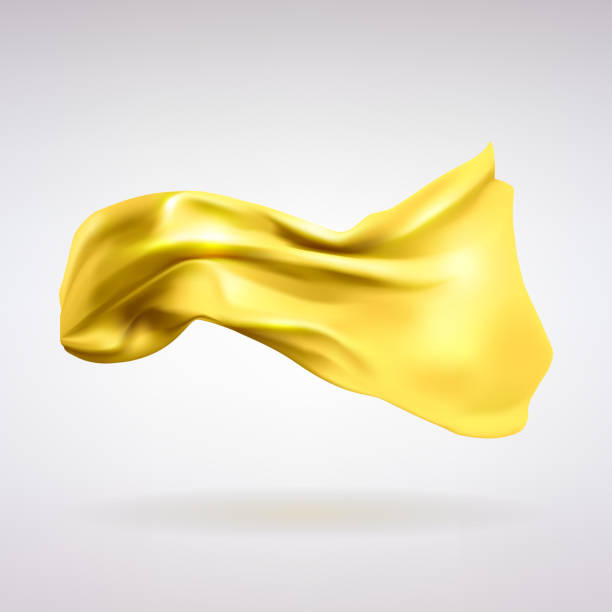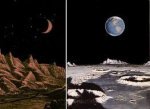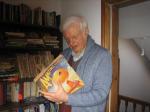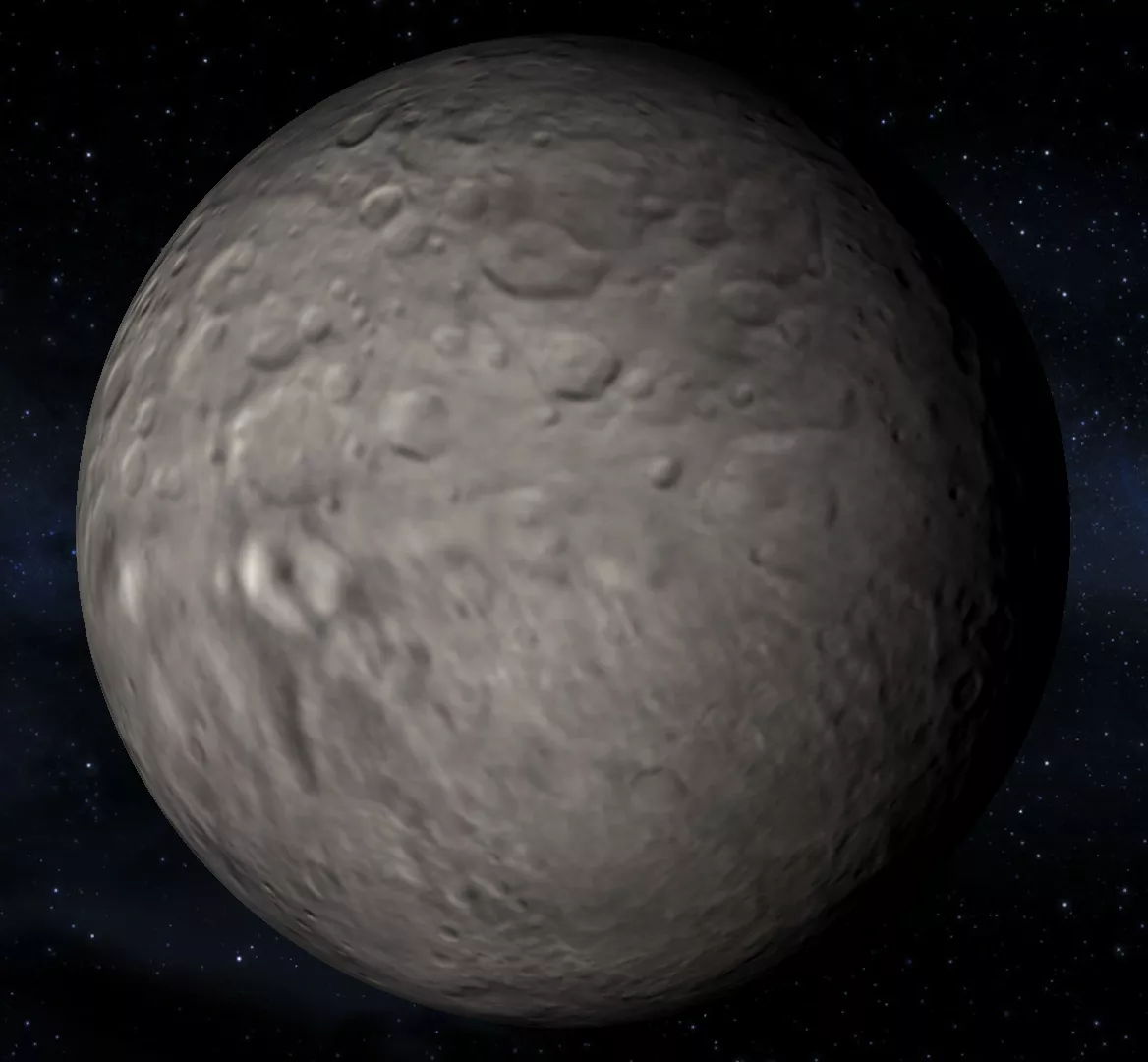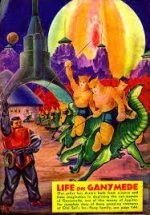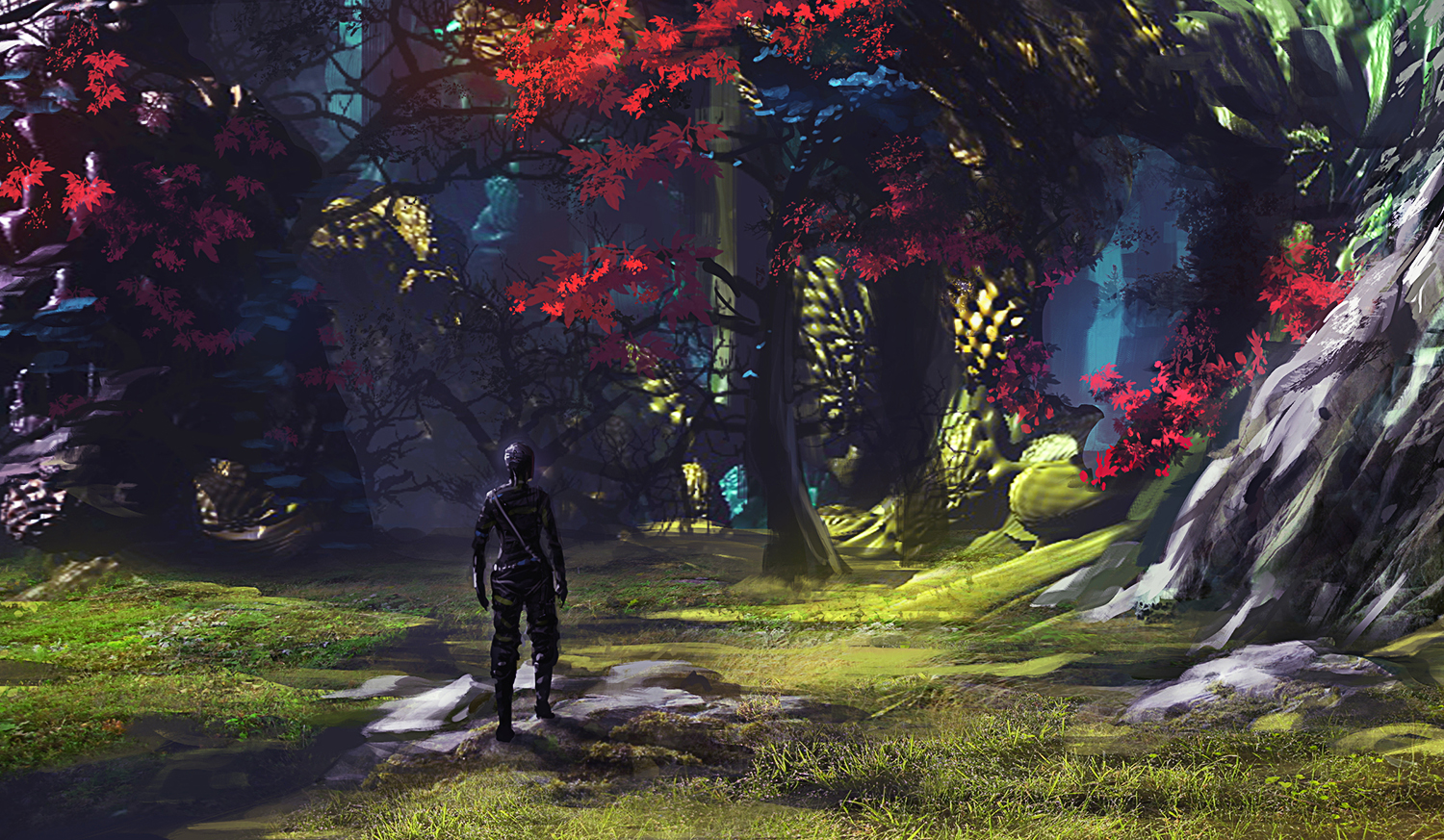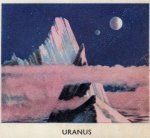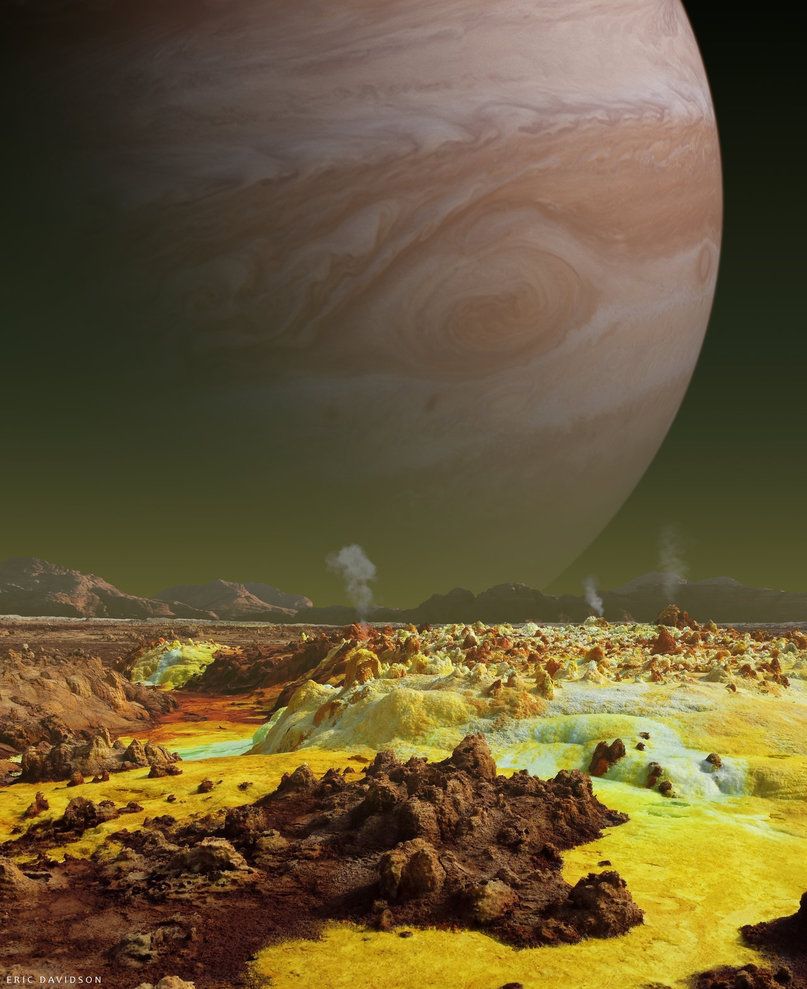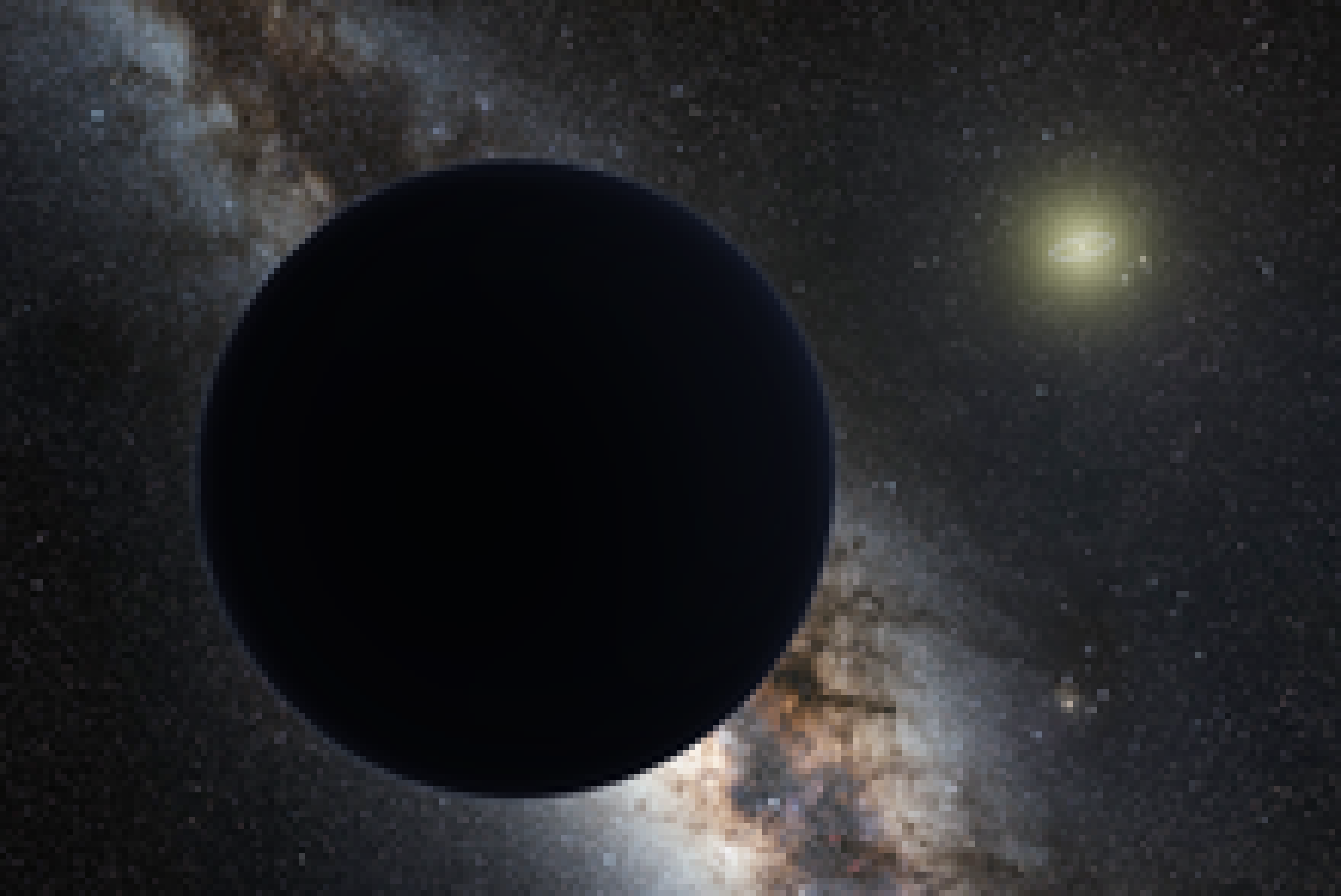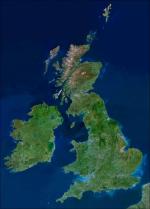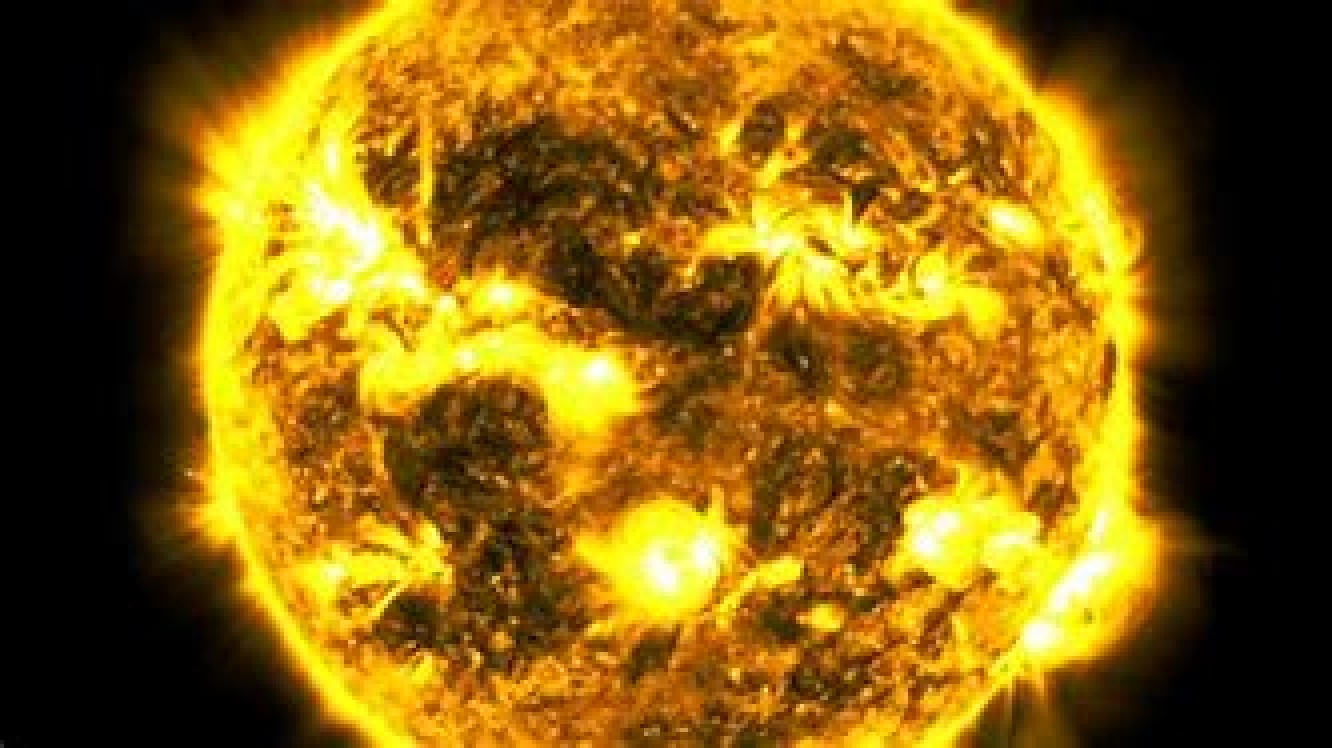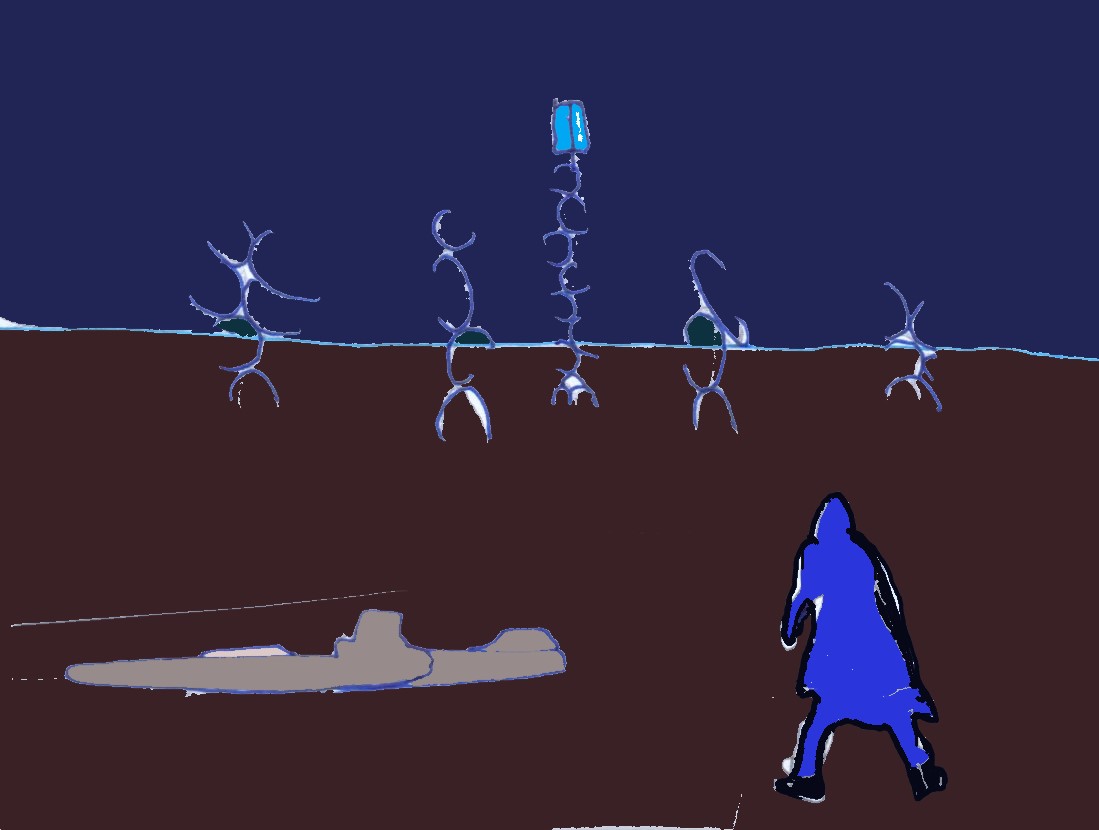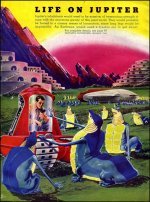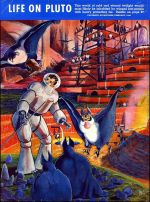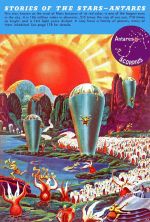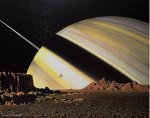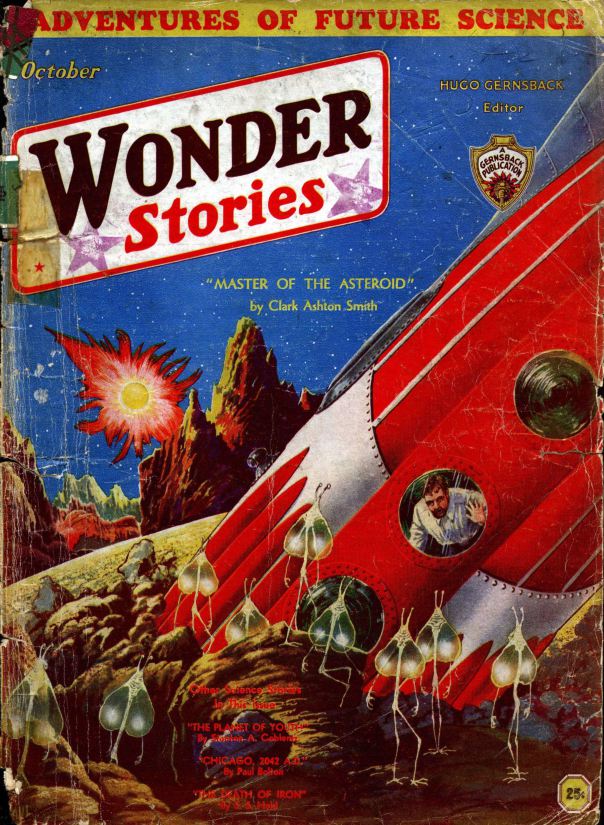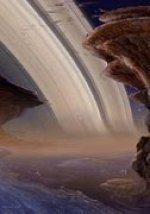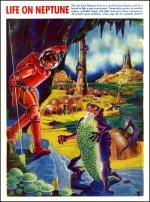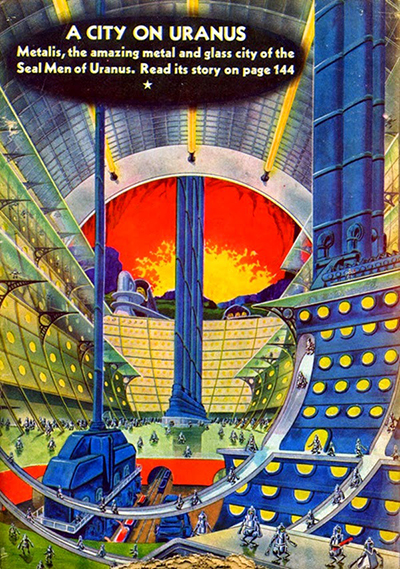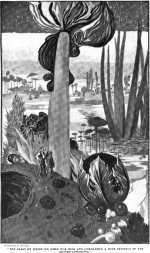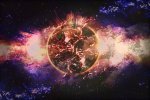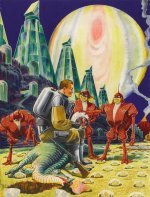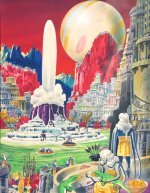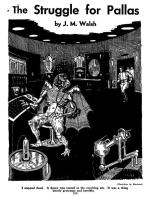- Home
- >
history of hopes
[ + link to: The Hunt for Vulcan ]
This page is intended to provide a timeline of hopeful conjecture, a non-fictional companion to Fictional Dates. Imagination and wishful thinking have surely played their colourful part in astronomy, strewing our mindscapes with hopes followed by disappointments. Blatant lies also, such as the Great Moon Hoax, have borne witness to our longing to believe in life and cultures on our neighbouring worlds.
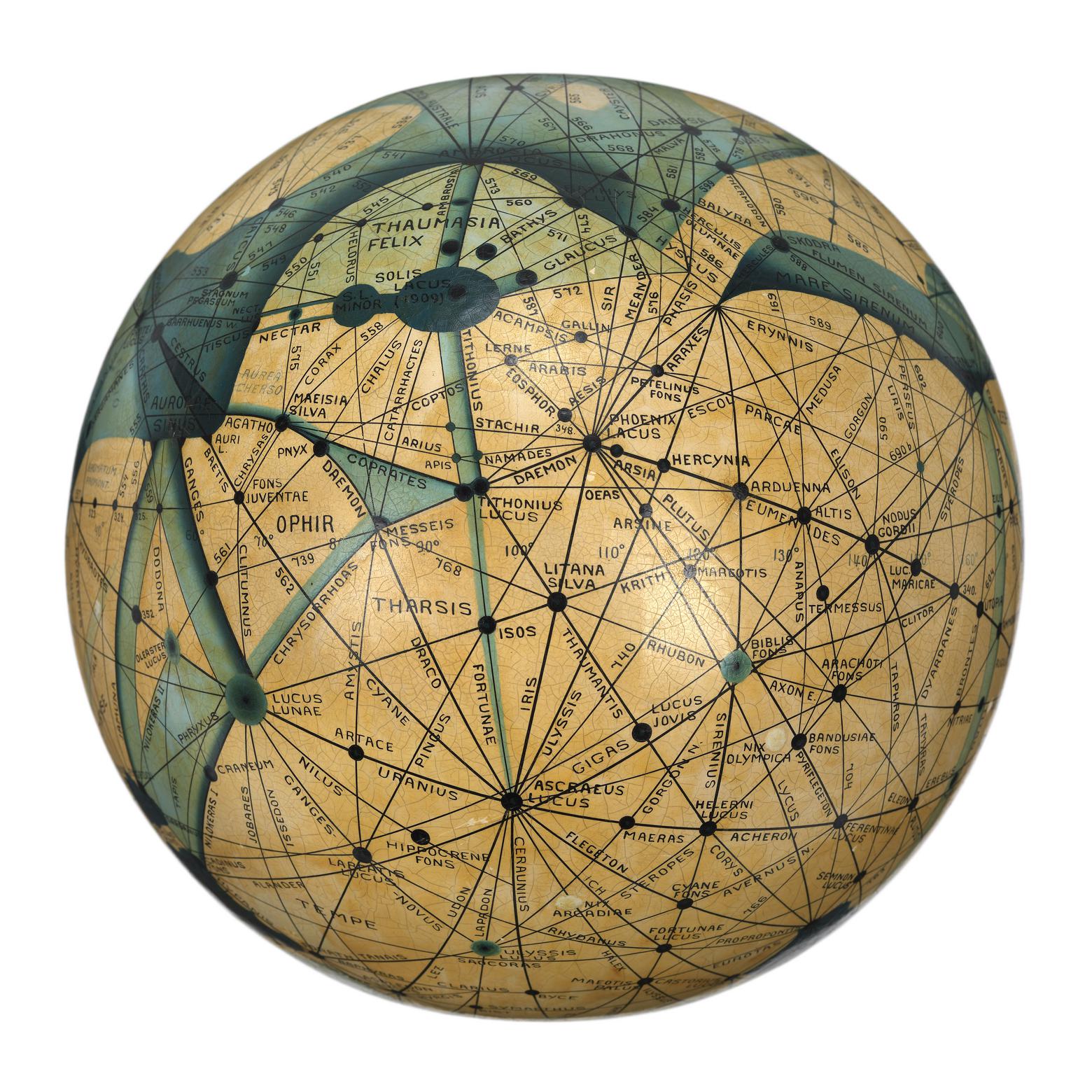
You may ask, with regard to all this disappointed belief: what use has it been? Here are three answers:
(1) The fiction boosted into life by old scientific notions is still with us, an imperishable trove of joy for the reader.
(2) Even at this late date (I'm writing this introduction on 23 February 2024) hope hasn't been abandoned for the discovery of extraterrestrial life in the Solar System. Efforts are still to be made, fuelled by motivation which is rather like a step-rocket: former stages have fallen away (e.g. Venus is a dead loss) but we can still ignite the next stage using the momentum of the previous one (e.g. we can look under the ice of Europa and Enceladus).
(3) The maddest and most long-term answer is to do with possibilities lurking in the far future, about which I've speculated elsewhere on the site: possibilities of reality engineering, of making dreams come true.
1686
Bernard le Bovier de Fontenelle (1657-1757) publishes his Entretiens sur la pluralité des mondes ("Conversations on the plurality of worlds") in which he discusses life on the planets. e.g. Venusians are little black people, scorched with the Sun, witty, full of fire, very amorous... and Jovians are Phlegmatic... people who know not what it is to laugh, they take a day's time to answer the least question. [TELD p.19].
(Fontenelle died just about a month short of his 100th birthday.)
1785
According to TELD p109, Samuel Ellsworth, in his almanac, describes (presumably under the influence of mythology) the inhabitants of Mercury as:
...very sprightly, small in body, maintaining the upright posture of men, much given to talking, eloquent of speech, good lawyers and pettifoggers...
1787
In July 1787, Dr John Elliot, apothecary and scientist, assaulted Miss
Mary Boydell in the streets of London. Elliotś defenders sought his
acquittal on the grounds of insanity, and cited as proof a paper in
which he alleged the existence of intelligent life on the surface of the
sun. [John Elliott and the inhabited Sun (1993)]
1795
William Herschel's paper in the Royal Society's Philosophical Transactions in which he theorized that the sun consists of a cool, solid, spherical interior above which floats an opaque layer of clouds that simultaneously reflects the rays of the glowing exterior region and shields the interior region from excessive heat and light. "The sun... appears to be nothing else than a very eminent, large, and lucid planet, evidently the first, or in strictness of speaking, the only primary one of our system... Its similarity to the other globes of the solar system... leads us to suppose that it is most probably... inhabited... by beings whose organs are adapted to the peculiar circumstances of that vast globe." [TELD p67]
1798
Wordsworth composes Peter Bell, A Tale (it is published in 1819) which refers in particular to Martians and Saturnians, and also to Mercurians and Jovians:
Up goes my Boat among the stars
Through many a breathless field of light,
Through many a long blue field of ether,
Leaving ten thousand stars beneath her:
Up goes my little Boat so bright!
The Crab, the Scorpion, and the Bull--
We pry among them all; have shot
High o'er the red-haired race of Mars,
Covered from top to toe with scars;
Such company I like it not!
The towns in Saturn are decayed,
And melancholy Spectres throng them;--
The Pleiads, that appear to kiss
Each other in the vast abyss,
With joy I sail among them.
Swift Mercury resounds with mirth,
Great Jove is full of stately bowers...
1808
Schröter's Kronographische Fragmente maintains that Saturn's ring system is a solid body, studded here and there with mountains, and possessing its own atmosphere [TELDp72].
1828
David Milne in his Essay on Comets speculates on the possibility of cometarian life:
Comets may be the residence of beings widely different from those which fall within the narrow sphere of human observation. What though these beings, from the peculiarities of their situation, be endowed with neither lungs, nor eyes, nor the feelings which afford the sensations of heat and cold, like our bodily organs?
[TELDp222]
1830
Sir Humphrey Davy in his posthumous Consolations in Travel (partly a record of his dreams) sees Saturnians as intellectually superior to Earthlings; they swim in their planet's atmosphere with "systems of locomotion similar to those of the morse or sea-horse, but I saw with great surprise that they moved from place to place by six extremely thin membranes which they used as wings"; they "possess many modes of perception of which we are wholly ignorant".
In a letter to Lady Davy the author described the book as containing "certain truths that cannot be recovered if they are lost, and which I am convinced will be extremely useful"...
[TELDp223]
1832
Ralph Waldo Emerson delivers an extraordinary sermon on 27th May, entitled "Astronomy", discussed on pages 235-6 of TELD (1986):
...Emerson begins by noting that both nature and Scripture are viewed as coming from God... Astronomy has corrected Man's tendency to view God in anthropomorphic ways... Man could not breathe on the moon or walk on Jupiter, nor could his blood circulate on Uranus; yet God has populated these bodies with beings possessing "perhaps far more excellent endowments than he has granted to mankind..."
1833
John Herschel in A Treatise on Astronomy speculates on lunar water - see A nineteenth-century quarry of story-ideas.
He continues indecisively (as quoted in TELD p218):
Telescopes... must yet be greatly improved, before we could expect to see signs of inhabitants, as manifested by edifices or by changes on the surface of the soil... Owing to the want of air, however, it seems impossible that any form of life analogous to those on earth can subsist there...
1834
Alexander Copland in The Existence of Other Worlds predicts that lunar life will soon be verified "by actual sight of the natives or their works..." [TELD p229]
1851
In the first volume of his Système de politique positive, Auguste Comte laments the public's recent "mad infatuation" on the subject of the "alleged" discovery of Neptune,
...which, even if real, would not be of interest to anyone except the inhabitants of Uranus.
This is quoted in TELD (p.255), without any suggestion that Comte was being ironic about the existence of Uranians. (Ironic or not, it seems odd, not to say a bit crazy, for a philosopher to ridicule interest in astronomy.)
1856
Regarding the idea of the habitability of the moon, or rather of part of it:
In 1856, Peter Andreas Hansen (1795-1874), a prominent mathematical astronomer, published a paper in the Royal Astronomical Society Memoirs in which he accounted for certain discrepancies between lunar observation and theory by hypothesizing that the center of gravity of the moon is about thirty miles more distant from the earth than the moon's center of figure. This claim implied that any water and air on the moon would be drawn to its remote side, where the gravitation field would be strongest... [TELD p219]
1869
The Frenchman Charles Cros (1846-88) proposes a method for interplanetary signalling: rays from electric lights could be focused by parabolic mirrors so as to be visible to inhabitants of Mars or Venus, if such exist and possess telescopic means.
[TELD (1986), p394]
1872
English edition of Le ciel (1864) by French science writer Amédée Guillemin (1826-93), in which
...without much discussion he accepts life on Mercury, Mars, Jupiter and Saturn. The question of solar (p.53) and lunar (p.145) life he leaves largely open...
[TELD (1986) p470]
1878
Asaph Hall, in his paper on his discovery of the moons of Mars the previous year, also remarks on the issue of communication with our Moon:
...it appears that the proposition of a German astronomer to establish on the plains of Siberia a system of fire signals for communicating with the inhabitants of the Moon is by no means a chimerical project... [TELD (1986) p481]
In April 1878 Schiaparelli went to Rome to make a presentation of his Martian discoveries ... His lecture was so warmly received that a few days later he was asked to appear at the Quirinal Palace, where... he explained to the king [Umberto I] and queen "that Mars appears to be a world little different from our own"... [TELD (1986) p482
1886
Tennyson suggests pleasant possibilities for the planet Venus:
Venus near her! smiling downward at this earthlier earth of ours,
Closer on the Sun, perhaps a world of never fading flowers.
Hesper, whom the poet call’d the Bringer home of all good things.
All good things may move in Hesper, perfect peoples, perfect kings.
[Locksley Hall: Sixty Years After]
1889
Schiaparelli on p.141 of his Sulla rotazione di Mercurio ("On the rotation of Mercury") regards life as possible on the innermost planet, which
...received light and heat from the sun, not only in greater amount but in a different manner than the earth; and where life, if so be life exists there, finds conditions so different from those to which we are accustomed that we can scarcely imagine them. The perpetual presence of the sun almost vertically above certain regions, and its perpetual absence from other regions... should produce an atmospheric circulation which is at the same time stronger, more rapid, and more regular than that which sows the elements of life on the earth; and that on this account it may come about that an equilibrium of temperature is produced quite as complete as ours, and possibly even more so...
[TELD p484-5]
1892
William Henry Pickering, observing Mars at opposition with a 13-inch refractor at Harvard's southern station 8100 feet high in the Peruvian Andes, cabled his observations to the New York Herald: "[Have] discovered forty small lakes in Mars..."
[The Immortal Fire Within (1995), p237]
1894
John Ellard Gore (1845-1910) in Worlds of Space
...included as the lead items three articles he had published on life beyond the earth. Among a number of fascinating features in these essays, the most striking is the case Gore makes for the possibility of life on Mercury. Accepting Schiaparelli's 1889 report of a rotation period for Mercury equal to its period of revolution, and adapting to Mercury John Herschel's suggestion that life might be possible on the moon near the intersection of its dark and illuminated sections, Gore suggests that Mercury may be able to support life in its comparable regions... In doing this, Gore had to pass over
Zöllner's evidence against an atmosphere on Mercury, but having accepted Herschel's twilight zone habitability, this may have caused him no difficulty... [TELD (1986) p462]
[Comment from Zendexor: Not sure what is meant by the "dark and illuminated sections" of the Moon, a world with a constantly moving terminator, though since the movement is fairly slow (9.6 mph at the equator) I suppose you could have mobile life that constantly trots along to keep pace with the 'twilight'!]
The text of Gore's Worlds of Space is available online and the crucial passages about Mercury's habitability are as follows:
…Owing to the low altitude attained by the Sun near the boundary line, its intense heat and light would of course be much mitigated, so that probably this region of the planet’s surface may be comparable with the temperate zones of the Earth…
…The evidence of an atmosphere round Mercury seems inconclusive… some of Schiaparelli’s observations indicate that an atmosphere and water probably do exist on the planet…
In the far future, as the Sun cools,
...Mercury will become cool enough - even at the centre of its sun-lit side - to be inhabited by animal life.
1895
In a paper of this year Schiaparelli speculates that Martian engineers may have built dykes at various levels along the slopes of the shallow valleys through which their waterways run. When the spring inundations begin, the "Minister of Agriculture orders the opening of the most elevated sluices and fills the upper canals with water... The irrigation then spreads to the two (lower) lateral zones..., the valley changes color in these two lateral zones, and the terrestrial astronomer perceives a gemination." Gradually the water is released into the lower portions of the valley, fertilizing the lowest region of the valley and producing a single "canal" appearance... [TELD p515]
In the same paper, Schiaparelli continues his attempts to deduce possibilities about Martian society from his observations:
The institution of a collective socialism might indeed result from a parallel community of interests and of a universal solidarity among the citizens, a veritable phalanstery which can be considered a paradise of societies. One may also imagine a great federation of humanity in which each valley constitutes an independent state. The interests of all are not distinguished from the other; the mathematical sciences, meteorology, physics, hydrography, and the art of construction are certainly developed to a high degree of perfection; international conflicts and wars are unknown; all the intellectual efforts which, among the insane inhabitants of a neighboring world are consumed in mutually destroying each other, are [on Mars] unanimously directed against the common eney, the difficulty which penurious nature opposes at each step.
1900
The Guzman Prize (Prix Pierre Guzman) was announced by the French Academy of Sciences: 100,000 francs to be awarded to the first person to establish communication with a celestial body other than Mars - the Red Planet being excluded because it was thought that to make contact with its inhabitants would be too easy.
L Kamm of Heidelberg theorizes that Mars is covered with water. The ocean
...stretches in a mirror-like expanse, and masses of seaweed develop, covering the whole surface of the planet like a carpet. The regions of the Martian ocean which are thus covered with the thick, uniform vegetation show a yellowish-red colour when seen from Earth; these are the so-called continents... Ocean currents are straight, lifting the weeds in their path and producing canals... In the Martian ocean we see nearly all the principal features of the terrestrial seas today, apart from reptiles and mammals; we see the floating lands covered with thick forests made up chiefly of magnificent tree-like ferns... At the edges of the freshwater lakes we see signs of animal life such as scorpions and spiders running along the ground, while superbly-coloured dragonflies of enormous size float in the air... The whole world is bathed in a dazzling light, radiating from a cloudless sky. Not the slightest whisper; an absolute silence reigns over everything... The Mapping of Mars (1983)
1904
How gets on the photography... of Mars for the next opposition? We must secure some canals to confound the skeptics... [Lowell and Mars (1976), p177]
1906
That Mars is inhabited by beings of some sort or other we may consider as certain as it is uncertain what those beings may be. Girdling their globe and stretching from pole to pole, the Martian canal system not only embraces their whole world, but is an organized entity. Each canal joins another, which in turn connects with a third, and so on over the entire surface of the planet. This continuity of construction posits a community of interest. Now, when we consider that though not so large as the Earth the world of Mars is one of 4200 miles diameter and therefore containing something like 212,000.000 of square miles [sic], the unity of the process acquires considerable significance. The supposed vast enterprises of the Earth look small beside it. None of them but become local in comparison, gigantic as they seem to us to be.
The first thing that is forced on us in conclusion is the necessarily intelligent and non-bellicose character of the community which could thus act as a unit throughout its globe. War is a survival among us from savage times and affects now chiefly the boyish and unthinking element of the nation. The wisest realize that there are better ways for practicing heroism and other and more certain ends of insuring the survival of the fittest. It is something people outgrow. But whether they consciously practice peace or not, nature in its evolution eventually practices it for them, and after enough of the inhabitants of a globe have killed each other off, the remainder must find it more advantageous to work together for the common good. Whether increasing common sense or increasing necessity was the spur that drove the Martians to this eminently sagacious state we cannot say, but it is certain that reached it they have, and equally certain that if they had not they must all die. When a planet has attained to the age of advancing decrepitude, and the remnant of its water supply resides simply in its polar caps, these can only be effectively tapped for the benefit of the inhabitants when arctic and equatorial peoples are at one...
[Mars and its Canals (1906), final chapter]
1918
...Venus is no doubt covered with swamps, corresponding to those on Earth in which the coal deposits were formed, except that they are about 30°C warmer... The powerful air-currents in the highest strata of the atmosphere equalize the temperature difference between poles and equator almost completely, so that a uniform climate exists all over the planet... The temperature on Venus is not so high as to prevent a luxurious vegetation. The constantly uniform climatic conditions which exist everywhere result in an entire absence of adaptation to changing exterior conditions. Only low forms of life are therefore represented, most no doubt belonging to the vegetable kingdom, and the organisms are of nearly the same kind all over the planet. The vegetation processes are greatly accelerated by the high temperature. Therefore, the lifetime of organisms is probably short... later, the temperature will sink, the dense clouds and gloom disperse, and some time, perhaps not before life on Earth has reverted to its simpler form or even become extinct, a flora and fauna will appear, and Venus will then indeed be the "Heavenly Queen" of Babylonian fame, not because of her radiant lustre alone, but as the dwelling-place of the highest beings in our Solar System." [The Destinies of the Stars (1918)]
1923
...the December 12, 1923 New York Times carried an article captioned "Flammarion Predicts Talking with Mars." The message by which this was to be accomplished: telepathic waves.
[TELD p386]
1950
Patrick Moore in his autobiography describes an incident shortly before a Sky At Night broadcast on the question of Martian life, which is suggestive about the garbled hopes of journalists:
...At a public lecture just before our television programme I stated that "on Mars there may be lowly organisms, but nothing so advanced as a cabbage." One local newspaper gave a rather inaccurate report: "Astronomer claims that the nearest approach to Earth-type life on Mars is the growth of large cauliflowers." [Eighty Not Out (2003), p102]
1957
In the second edition of his Flight Into Space, J N Leonard writes (p.154) - contradicting himself somewhat in the first two sentences, but overall expressing optimism as to the possibilities -
If intelligent beings do exist on Mars, they are certainly not at all like the dramatis personae of science fiction. They are just as likely to be disembodied brains like those coldly intelligent creatures in H.G.Wells' War of the Worlds. They may even be clever fungi with sedentary central intelligences directing the operations of far-reaching food-gathering organs. Not enough is known about Mars to give even the sketchiest idea of what its inhabitants are like and how they live - or whether they exist at all above the level of lichens or algae.
1958
Question number 182 in 1001 Questions Answered About Astronomy is asked and answered as follows:
182. What is the green on Mars? Probably vegetation. There is a seasonal change in the colour of the green regions in general, which follows to some extent the pattern of the seasonal colour change in vegetation on the Earth. The green areas on Mars are faint and delicate during the Martian spring; they grow much darker and, in some cases, almost a blue-green in the Martian summer; yellow and brown in the autumn, and a rather lifeless grey in the winter. The green regions are probably not covered with grass or trees, because they do not show the same sort of reflection of light that is produced by a chlorophyll plant. The vegetation, if such it is, is likely to be a sort of lichen which can grow in little or no soil, with a minimum of moisture and can withstand extremely cold temperatures. There is a theory, too, that the green substance is volcanic dust, whose drifting and shifting in the very light breezes that are all the rare atmosphere of Mars could produce, accounts for the colour change; however, few authorities support this idea.
1959
Apart from its phases, there is little to be seen on Venus... Some astronomers think that its surface is almost completely covered with sea...
[Our World in Space and Time, p.168]
1960
...As we have seen, most authorities now seem to be convinced that there is some form of low-grade plant life or vegetation living on Mars' surface... [Nine Planets, p165]
After going on to argue that even the low-grade vegetation could not have evolved under the harsh Martian conditions of our time, but must have survived from an earlier epoch, the author swings into optimism, with paradoxical ingenuity - see the passage I have emphasized in bold:
...So if we accept the presence of plant life on Mars today, we have no choice but to agree that Mars is old, that is has changed radically and violently from the surface conditions that prevailed in the past, and that the life there now is all that is left of an extensive evolutionary progression on a dying planet. And if we accept these things, then we must accept the fact that intelligent life must have developed there - if intelligence is indeed a natural, inevitable step in the cosmic cycle of the Universe.
A bit later he suggests that the Martians may have left their native planet in order to find a more comfortable home among the stars!
Alan E Nourse (1928-92) was, as far as I am aware, a fairly well respected science writer, as well as a science-fiction writer known for the magnificent Brightside Crossing - one of the few great tales set on Mercury.
From Artificial Satellites of Mars? by V I Cherednychenko:
It was known from the investigations of the American
scientist Sharples that, several decades after its dis-
covery, Phobos travelled along its orbit ahead of its cal-
culated position by an enormous magnitude - two and one
half degrees. This fact could only be explained as follows:
Phobos accelerated its motion when it got closer to the
surface of Mars. An analogous phenomenon is observed in
the artificial satellites of the earth when they get close
to the surface of the earth and decelerate in the terrestrial atmosphere.
The calculations of I. S. Shklovskii indicate that,
at this great acceleration, Phobos should fall on Mars
within 15 million years. This is a very short time in
comparison with the age of the planet Mars, which is several
billion years old.
What are the causes of this great acceleration or
Phobos? A satellite can draw closer to a planet and
simultaneously accelerate as a result of braking in the
interplanetary medium. However, the absence of such braking
of the more distant satellite, Deimos, excluded this
explanation. The extended atmosphere of Mars could also
brake the motion of Phobos. But the calculations of the
American scientist Whipple, made on the assumption that
Phobos was a solid heavenly body, did not confirm this conjecture.
The acceleration of Phobos could have been caused by
the tidal effect of the accumulation of liquid substances
on the planet's surface or by tides in the solid film of
the planet. Numerous observations, however, indicated a
lack of any large water reservoirs on Mars, and the calculations
of the English astronomer Jeffries proved that
tides in the solid film of Mars could explain only a very
small part of the observed acceleration of the satellite.
There was, therefore, only one assumption to be made,
i.e., that the satellites of Mars are hollow inside, with
a solid hard cover. Such satellites, however, would be of
a low compactness and experience considerable braking even
in the very rarefied atmosphere of Mars. Natural hollow
satellites, however, are an impossibility. The assumption
therefore follows that the satellites of Mars are artificial.
According to l.S. Shklovskii, Phobos and Deimos
are the relics of a former civilization of highly organized
beings on Mars, who, between two and three million years ago
(and this is the age of the satellites of Mars)
launched the artificial satellites of the planet. At that
time the atmosphere of Mars contained abundant oxygen and
there were large water reserves. Within several million
yeares, however, the oxygen and most of the water on Mars
disappeared, and at the same time the existence of tne
highly organized intelligent beings of the planet also
ceased.
Future fllghts of terrestrial cosmic rockets in the
direction of Mars will show the accuracy of these assumptions.
In the opinion of the Ki6V astronomers, I. S. Shklovskii
did not take into account the possibility that the braking
motion of Phobos resulted from contact with clouds of particles
of ashes, which could be discharged to great heights
during volcanic explosions on Mars. Nevertheless, the
assumptions of the Moscow astrophysicist are very interesting.
Svante Arrhenius, The Destinies of the Stars (1918); V I Cherednychenko, "Artificial Satellites of Mars?" (1960); Michael J Crowe, The Extraterrestrial Life Debate 1750-1800 (1986) = TELD; Esco publishing corp., Our World in Space and Time (1959); John Ellard Gore, Worlds of Space (1894); John Herschel, A Treatise on Astronomy (1933); William Graves Hoyt, Lowell and Mars (1976); Johathan Norton Leonard, Flight into Space (1953, 1957); Percival Lowell, Mars and its Canals (1906); R J Manning, "John Elliott and the inhabited Sun" (Annals of Science vol. 50 (1993), issue 4); Patrick Moore, "The Mapping of Mars" (Presidential Address to the British Astronomical Association, 1983); Eighty Not Out: The Autobiography (2003); Alan E Nourse, Nine Planets (1960); James S Pickering, 1001 Questions Answered About Astronomy (1958); William Sheehan, The Immortal Fire Within: the life and work of Edward Emmerson Barnard (1995); Alfred, Lord Tennyson, Locksley Hall: Sixty Years After (1886); William Wordsworth, "Peter Bell, A Tale" (1798, published 1819).
